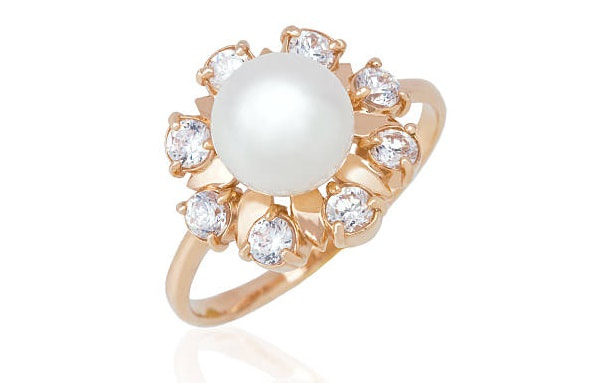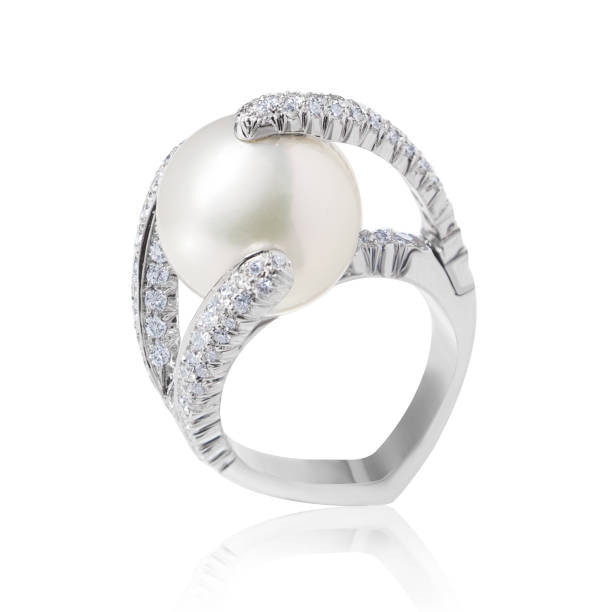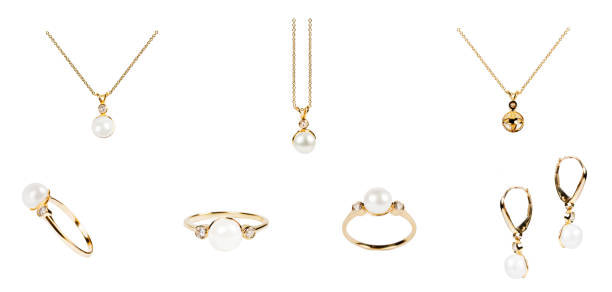|
Pearl
Pearls are the only treasure found in the nature of water. A Chinese historian recorded the oldest written mention of natural pearls in 2206 BC. Pearls have been associate with royalty, glamour and status, traced back from Roman Empire up to present. Pearls are found in any mollusk with a shell. Natural pearls form when an irritant usually a parasite works its way into an oyster, mussel, or clam. As a defense mechanism, a fluid is used to coat the irritant. Layer upon layer of this coating, called "nacre", is deposited until a lustrous pearl is formed. A cultured pearl undergoes surgically implanted bead called "nuclei" as an irritant followed by the same process of nacre layer depositing. |
|
Pearls can be listed into Freshwater Pearls and Saltwater Pearls. The four most common paerls are Fresh Water Pearl, Akoya, South Sea and Black/Tahitian. Saltwater pearls are more valuable than freshwater pearls. It can be also divided into natural and cultured pearls. Natural pearls cost more than cultured pearls.
However, it does not mean natural pearls are higher quality than cultured, it is just because natural pearls are very rare. The GIA 7 pearl value factors are: Size, Shape, Color, Nacre, Luster, Surface, and Matching. |
















